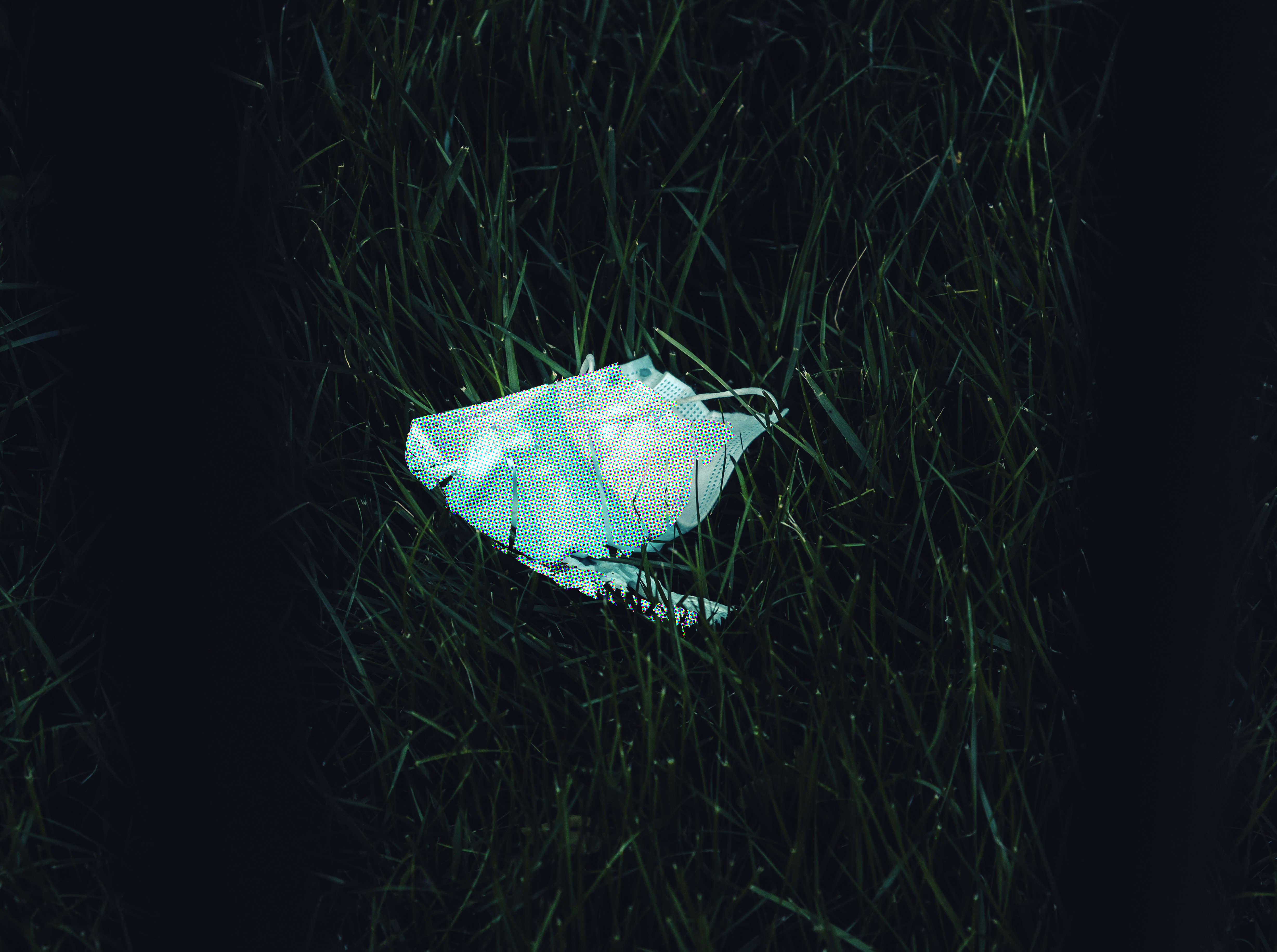Given the possibility of contagion, different cities around the world adopted measures to limit the mobility of citizens, and thus, limiting the infection rate. This in turn produced new situations and challenges. For example, immobility reduced pollution levels in cities like New Delhi, Wuhan, London, or Lima.
On the other side, these measures also had collateral effects, such as the increase in waste, or the use of plastic for gloves or food delivery. On the other hand, fear also generated waves of mass consumption for products such as toilet paper, masks, or anti-bacterial gel.
Likewise, the challenges faced by large and populated cities such as New York or Milan in the number of infections, together with forcing people to work or study remotely, opened new possibilities for the design of public spaces.
To explore the future scenario regarding these topics, I talked with Eva Pongracz, Nønne Prisle, and Tarja Outila, all professors at our University. Eva Pongcraz and Nønne Prisle combine teaching with their roles as the Heads of Research Groups in Energy and Environmental Engineering, and Atmospheric Research, respectively. Tarja Outila is Professor of Urban Design and Planning at the Oulu School of Architecture, after several years as a City Planner for the city of Rovaniemi.
During this pandemic, pollution rates in various cities around the world have decreased. Has this affected the global warming process? If so, how much?
Nønne: “It is very important to distinguish between different effects of air pollution. What we typically think of as air pollution are substances which are harmful to human health, for example city smog. This kind of pollution has a relatively short lifetime in the atmosphere. So, as soon as we reduce emissions, the pollution levels in the air start to go down, and the air becomes cleaner. That is what has been observed all around the world. Sadly, the pollution levels will also increase just as quick as activity levels increase again.
Then, there are the greenhouse gasses which cause global warming. The greenhouse gasses are, of course, also pollution, in the sense that they are disturbing the natural environment, but they are typically not directly toxic to humans. Instead, they are often very long-lived in the atmosphere. Once a greenhouse gas molecule is released to the atmosphere, it can remain there for years, or even centuries, all the time trapping heat in the atmosphere. The greenhouse gasses which are currently causing global warming and melting the ice caps have been piling up in the atmosphere for several hundred years. So, decreasing emissions for a few months will unfortunately not make much of a difference.
Some of my colleagues have estimated that emissions of greenhouse gasses, mainly CO2, will decrease by 5-6% during the year 2020 due to the corona pandemic. If you compare that to the emissions reductions pledged in the Paris Agreement, it is not even that much. And if everything goes back to normal when the pandemic is over, the reduction will not be visible in the following years.”
Do you think the environmental changes caused by this pandemic will affect people’s perception of humankind’s impact on the environment?
Eva: “I would dearly like to believe that seeing how nature is repairing itself now that we took ourselves out of it, people would awaken and realize that, yes, it is really us that is causing all this damage. But I am afraid we will go back to our old habits as soon as the lockdown is over. We may even go overboard for a while and then perhaps take back a notch.
Nevertheless, I am always hoping that people will learn to appreciate and start actively protecting the environment.
All in all, this lockdown did not make us green. But I hope it made us think. I also hope that some of the frugal innovations and creative solutions, and the sense of community and solidarity that the state of emergency brought out of us will be here to stay. Ultimately, I hope a newfound determination will carry us after the pandemic to a better future.”
Do you think this situation will affect public policies on waste management in different countries? If so, how?
Eva: “Regarding wastage, I personally have the observation that the current situation does nothing positive to waste management, quite the opposite.
Firstly, people were hoarding food and goods which they will not use, and they will go bad and get thrown away. Second, since safety is first, many good habits aiming at saving resources are abandoned. We use more single use items than before. In many countries, reusable packaging such as reusable take-away food containers or reusable bags for fruit and vegetables in shops were banned due to the risk of cross-contamination. Plastics and throw-away packaging are back with a vengeance. I also suspect we use more water and more electricity when we stay at home.
Of course, I am always hoping countries would do better in waste management and people be less wasteful and dispose of their waste responsibly. In terms of policies, I think this situation taught countries they will need to strengthen the resilience of their critical infrastructure and preparedness for extreme events. This includes waste management, but also water and sanitation, food delivery, hospitals, emergency services, information technology, etc.”
Do you think the impact of this pandemic will promote that people abandon dense big cities, migrating to smaller places? Why?
Tarja: “Partly yes. Pandemic has been a great leap for digitalization and remote working. We have learnt that working remotely is possible for quite many people and working remotely may open new possibilities in our work. Pandemic has also forced us to innovate new businesses and ways of collaboration. Shopping online is more common now and different parts of our life have become services: we can buy food online and the groceries will be delivered to your home or you may get them from a pick-up point.
We have realised that we are free to choose the community where we can enjoy our way of life, and yet we do not need to change our work. Multi-locality will be an interesting and a real choice in the future. Multi-local living and domestic migration to smaller cities and rural areas may be alluring for those who want to decrease their housing costs and live in more spacious apartments closer to nature. Because of remote working and multi-locality, we may consider living or housing as a service, just like MaaS (Mobility-as-a-Service).
Majority of the people will stay in bigger cities even after the pandemic, since they do not want or cannot change their urban way of life.”
After the mandatory lockdown in many cities/countries, do you think people’s perception of urban spaces will change? If so, how?
Tarja: “Urban design is based on history and the existing city structure. Changes in our living environment take time since the processes are quite demanding and long. Even before the pandemic, the diversity of urban spaces has been a central target in city planning. The objective of the Finnish Land Use and Building Act, which directs urban planning, is to create preconditions for favourable, safe, and healthy living conditions. I assume that these objectives will gain a new meaning since we also need to be able to create resilient living environments. Our living environment should promote resilience towards climate change and future epidemics. And since we design cities and communities for people, it is possible that people will strongly demand for an even safer and healthier living environment.”
Do you foresee in the near future a change in the guidelines for urban design regarding similar events?
Tarja: “Yes, I do. The ongoing Finnish Land Use and Building Act reform will pay attention to future needs, but the impacts of the pandemic have not been implemented in the process yet. I assume that guidelines need to be assessed and revised and the impacts of the plans need to be assessed in the beginning of the process or at least in the very early stage.
We need to have even more proactive guidelines. We may need to create new criteria for a healthy and safe urban environment as well.”
Read the other parts of the series: Part I: Economy, Part II: Education, Part III: Health, Part V: Culture.


